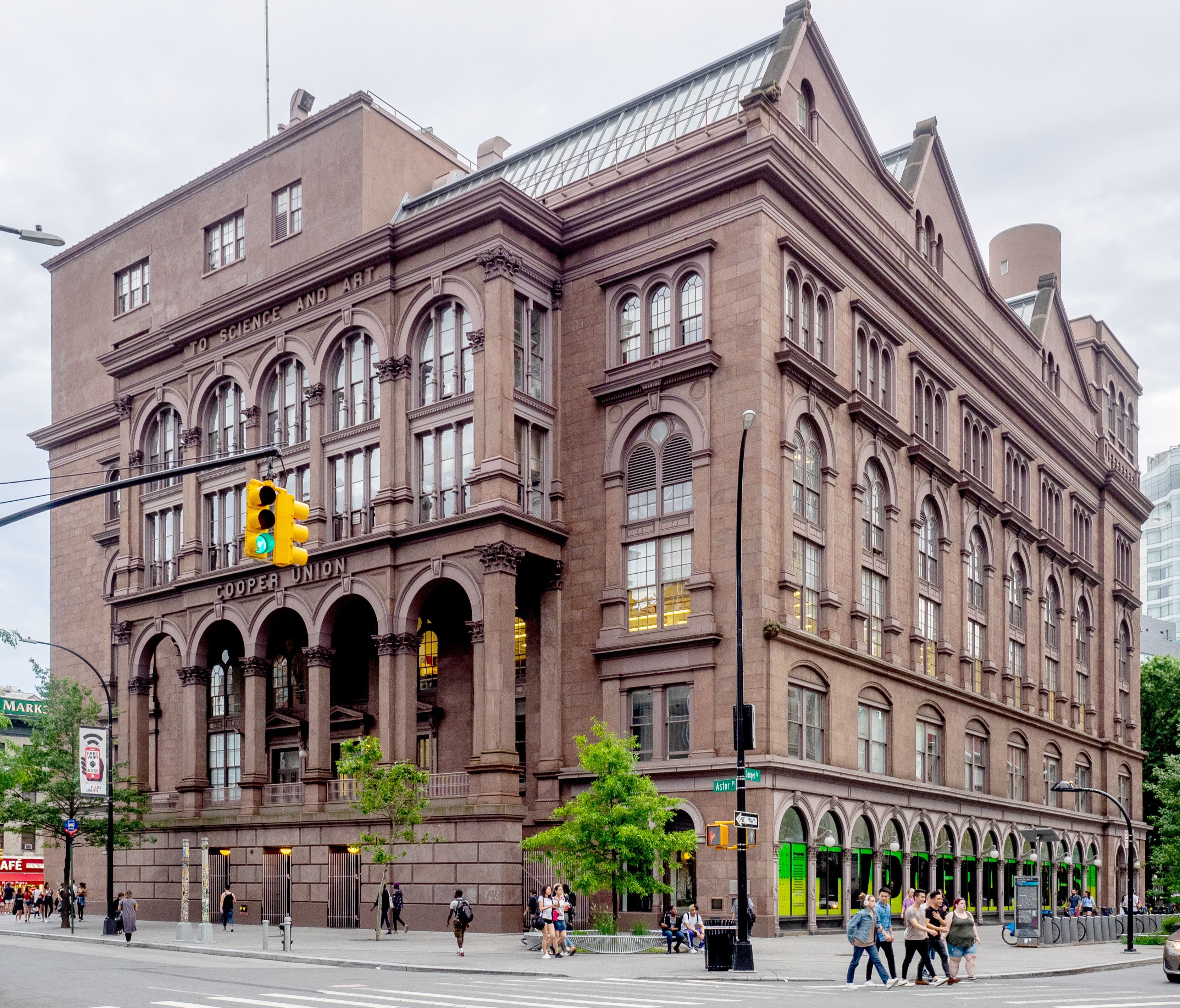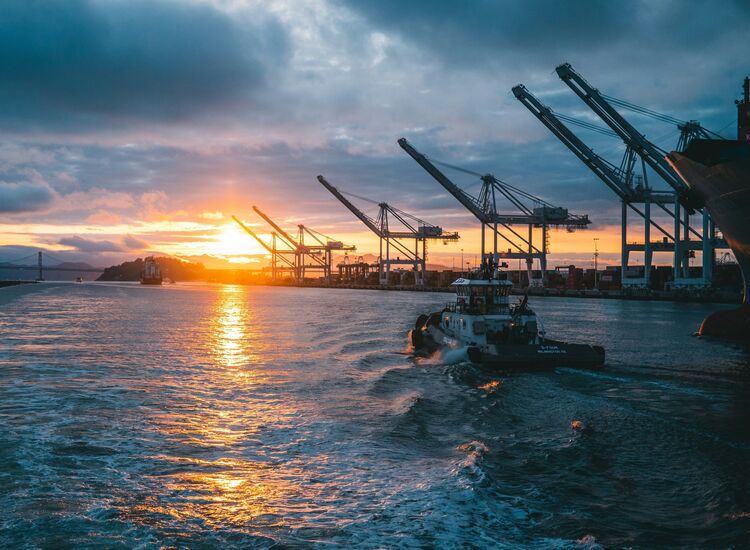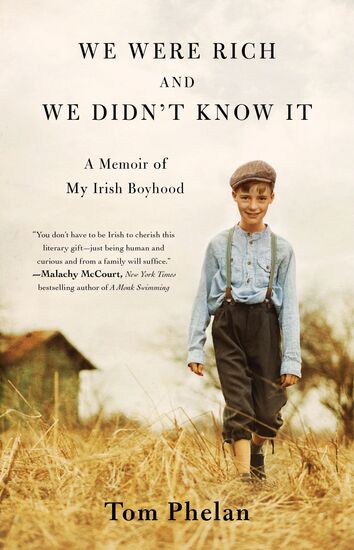Even during the worst days of the conflict in Northern Ireland people would dream of a peaceful and united future.
However, if they voiced such a vision they would frequently be told to "cop on." They were romantic dreamers somehow detached from a society that was, like the universe, flying apart in every direction except inward.
And, in truth, they were dreamers. Their dreams collided with the nightmarish reality of bombs and bullets, barricades, a hard border and quiet country roads along that meandering border blocked by concrete and steel, or pitted with great holes resulting from British Army explosives.
And, in spite of all this, the dreamers dreamed on. Their imaginings, however, often seemed like water in the hand compared to what was happening all around them.
But there were those who were intent on turning dreams and aspirations, political, social and economic, into a new reality. Slowly but surely they crafted a new vista for the people of Northern Ireland, all of the island of Ireland, all of the wider world if it cared to take an interest.
What we see today is unrecognizable compared to those darker times: we see a border - and yes it sounds like a contradiction - that we don't really notice at all. Those quiet country roads are precisely that. The soldiers have departed and there is, at last, a functioning power sharing government at Stormont with a republican/nationalist first minister no less.
Sure, there are old suspicions and clashing visions of the future. The police in Northern Ireland still carry guns. There are yet grim "peace walls." But these are in their respective places. They are no longer defining the entire place, or the everyday lives of those who call the six counties home.
Amid all this relative normality it is now possible to imagine an Ireland even more removed from harder times.
A reunited Ireland is not an idea now confined to the heart and soul. It is now in the minds of many, regardless of political affiliation.
Ironically, Brexit may well have accelerated the process of imagining a new and united Ireland making its way in the world as a member of the European Union and, yes, perhaps working in a new, cooperative, way with next door Britain.
We are now at the point of how and why not. We have reached a moment in history when we can present ideas for new political, social and economic structures for the entire island of Ireland, and do so in a manner that cannot be dismissed as some romantic attempt to grasp the unattainable.
Many of these ideas will be presented this Friday, March 1, at the Irish Unity Summit set for the Great Hall at Cooper Union in Manhattan.
This gathering will be a significant step on a road that is now open and unblocked, a realistic pathway to a better and brighter future for all on the island of Ireland.








